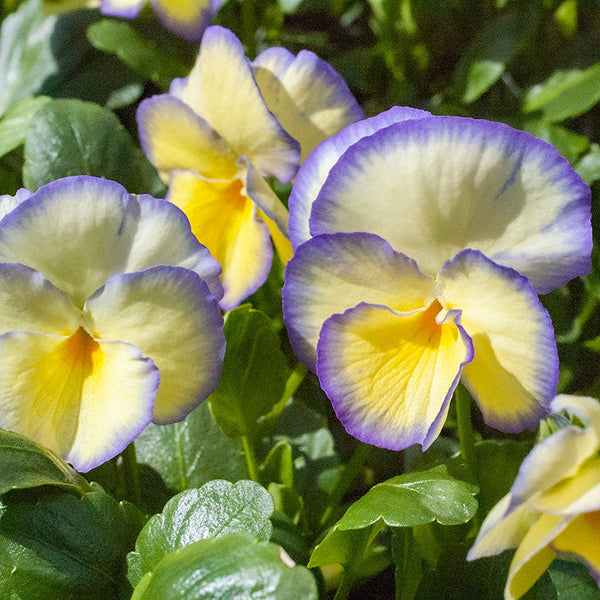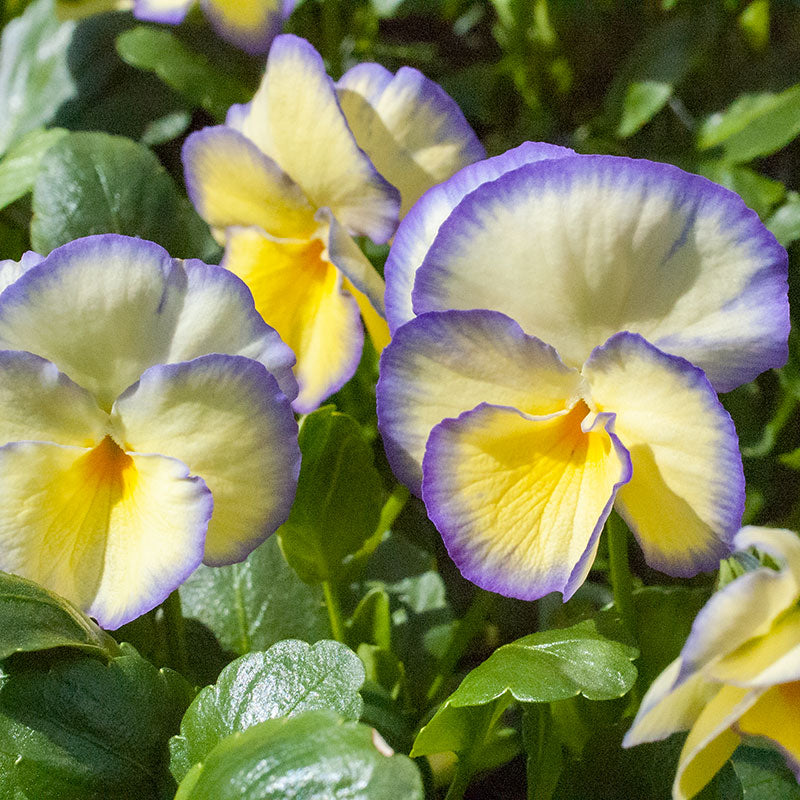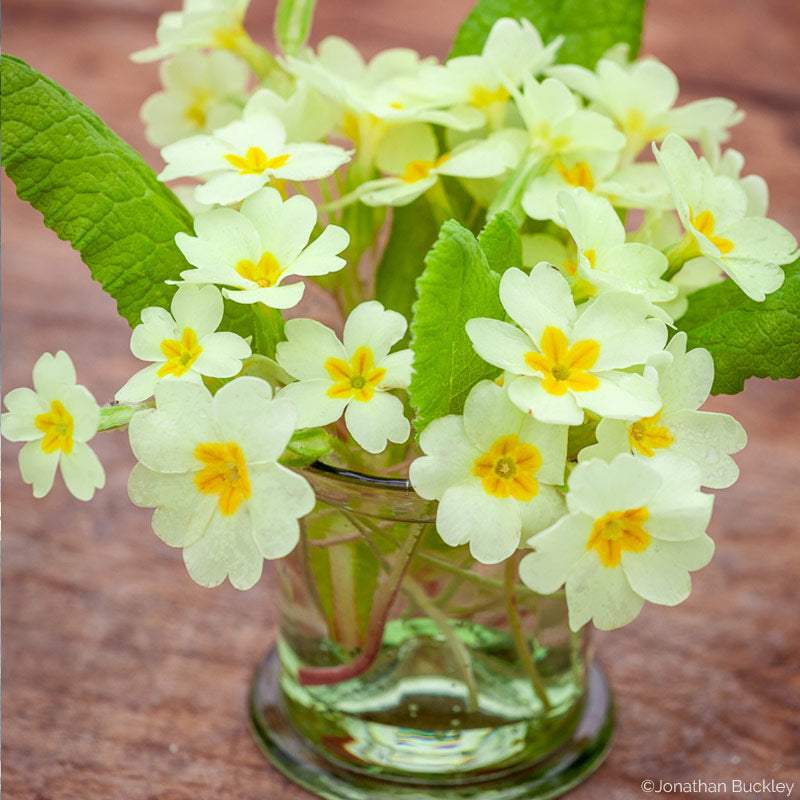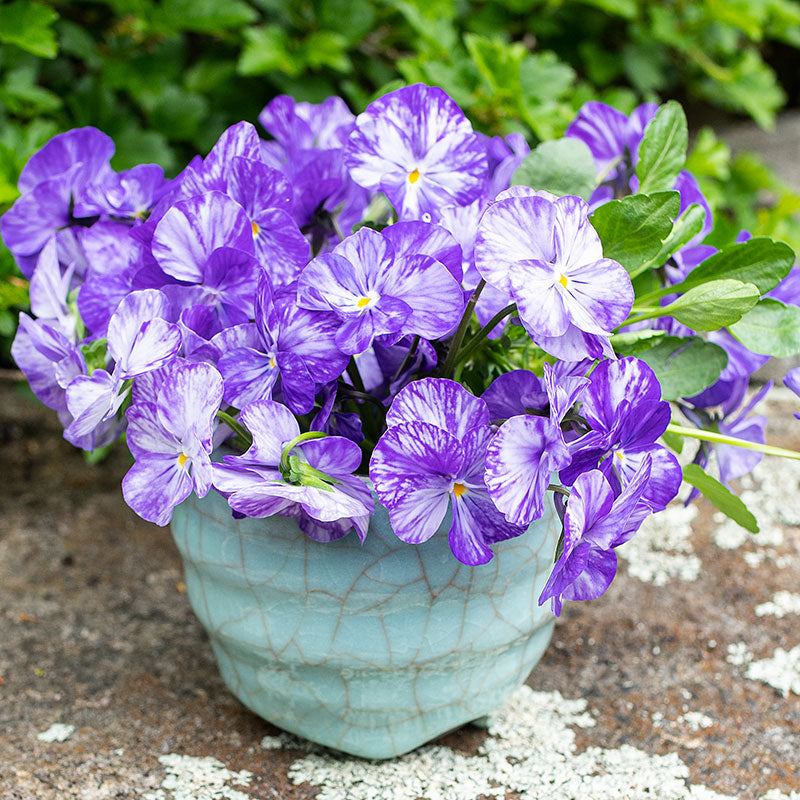Plant
Viola 'Etain'
Viola hyb.
When the weather is still chilly, and spring is just a fickle tease, violas keep us from losing heart. With those pert little faces, luscious colors, and cheerful personalities, you cannot possibly fail to fall in love with a flower that perseveres despite gloomy skies and cold spring rains. Viola 'Etain' has lemon-yellow flowers with a stitching of lavender at the edges that is lovely with Nemesia, sweet alyssums, and Nemophila.
SKU #P3950
Buy more and save!
| Minimum Qty | Discount |
|---|---|
| 3 + | $0.20 off each |
| 6 + | $0.45 off each |
Growing Companions


















































